
6 minute read
PROTECTING the FUTURE
from UK5G. Issue 10
Innovate UK KTN exists to connect innovators with new partners and new opportunities beyond their existing thinking – accelerating ambitious ideas into real-world solutions. KTN is part of the Innovate UK Group – the UK’s innovation agency.

Advertisement
Connect with us to access horizon-expanding events, potential partners, bespoke support and innovation insights.








@KTNUK ktn-uk.org

THE BATON HAS been passed . As the Testbeds and Trials are coming to an end and the Supply Chain Diversity projects are ramping-up we’ve seen changes to the programme team, and as before there is a mix of those who’ve moved within government and experts from industry. It feels a bit like a new start in some ways




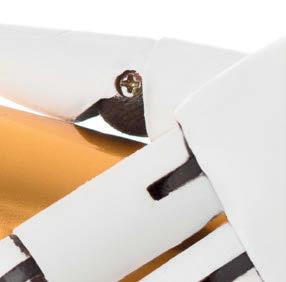



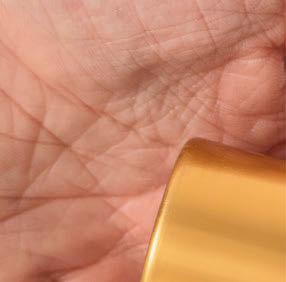


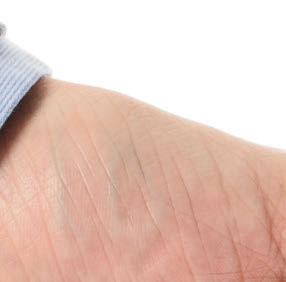
And we also have a new name. What was 5G Testbeds and Trials is now the Future Networks Programmes. It’s a broader remit, we’ve grown from looking at what people might do with 5G toopening this up to a wider interest in future technologies. It now covers over 50 projects spanning a number of different interventions including the Open Networks Programme, Shared Outcomes Fund and 5G Testbeds and Trials. Within each of these there are a number of cohorts.
The first of the supply chain diversity programmes, FRANC – the future networks programme – is now well underway.


But it’s not just about looking forward. There is a lot of benefit in looking back. We are gathering the lessons learned from the implementation projects and assembling them for wider distribution.


Some of the examples are quite obvious. Two 5GTT projects (AutoAir and Liverpool) explored techniques to address point-topoint microwave backhaul connectivity to the radio cells. Airspan which makes cells, and the Bristol based company Blu Wireless which does high speed links worked on this together and have now formed to CoMP-ORAN consortium as one of the FRANC projects. The result will be a new cell which will help companies around the world set up small networks in campus-like environments.
There is also a strong element of learning by doing, and understanding the need to be flexible.

With the Green Planet project, we made major changes to the remit. A complete change of direction, change of location, change of type of thing we were doing, because of what they were learning and because of the opportunities that arose
It’s the wider lessons and the wider audience where the work we are doing now can really make a difference for the future. The key learnings in using Local and Shared Licences – and the equipment to support them. The transition to 5G standalone and a selection of novel applications that use 5G were demonstrated at the March
Birmingham Showcase event, including the Boston Dynamics robot dog and a handful with Augmented and Virtual Reality applications. It’s also about the building of a skilled community with 5G expertise.

You can read more about the showcase on page 24 of this magazine and there is a guide to Augmented and Virtual Reality devices on page 37.
The body of knowledge we are building with the programme is impressive but we have to make it both useful and used. This is a call to action for people working on the projects. Please make sure that you contribute to the lessons learned. And for both those on future projects and people working on digital connectivity in general, please make the most of what those who went before you.
Keith Bullock Future Networks Programmes Programme Director DCMS
UK5G
Head of UK5G Robert Driver
Head of Marketing Vicki DeBlasi
Content Creation and Curation

Crispin Moller
Lauren Kelly
UK5G Social Media
Kate Cartwright
Administration
Emma Dexter
Contact: www.uk5g.org/about/contact/ c/o CW, Bradfield Centre, 184 Cambridge Science Park, Cambridge CB4 0GA
T: +44 (0)1223 967101 W: uk5g.org
Dcms
Maeve Hickey
Kate Bealing Mija Valdez
CWJP
Chairman Keith Young MBE
Editor Simon Rockman simon@cwjp.co.uk
Consulting Editor Andrew Orlowski andrew@cwjp.co.uk
Creative Director Matthew Inman
Business Development Director Roger Hinkson roger@cwjp.co.uk
Finance Director Delia Robinson
Photography Stuart Berman
Special Projects Alex Young
CWJP
14 Great College Street, London SW1P 3RX
T: +44 (0)20 8002 0000
DCMS and Yorkshire Water look to fibre in the mains as a solution. Vodafone spins out IoT. ARM researches security and Testbeds and Trials has a new name.

FRANC C0-OPERATION
A guide to who is doing what in the Future RAN Competition programme as we imagine the potential for the different teams involved to work together to create a UK supply chain ecosystem.
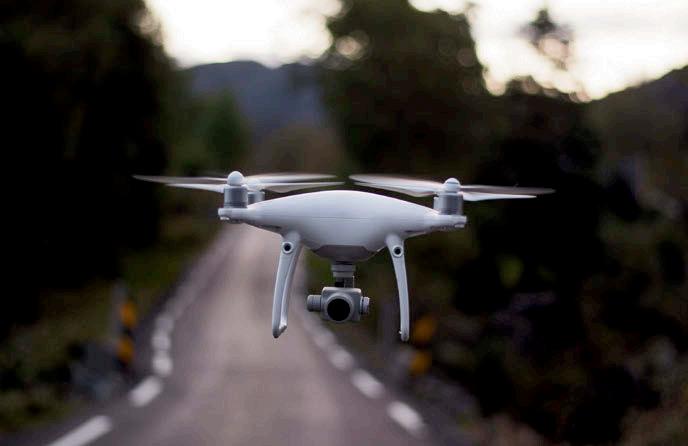
24
Open Ran Security
There are increased challenges around security of open systems, but many of the safeguards necessary are built into the standards which define what makes a 5G network. Andrew Orlowski looks at how they fit together.

5g Showcase
The UK5G had a bit of a get-together in Birmingham. A celebration of what has been achieved in the testbeds and trials. A chance to meet people you’d only seen over video chat and an opportunity to learn from one another.
Connected Places
Vicki DeBlasi reports on work UK5G has done with lessons learned from local authorities, innovation projects, digital innovation zones and LEPs.
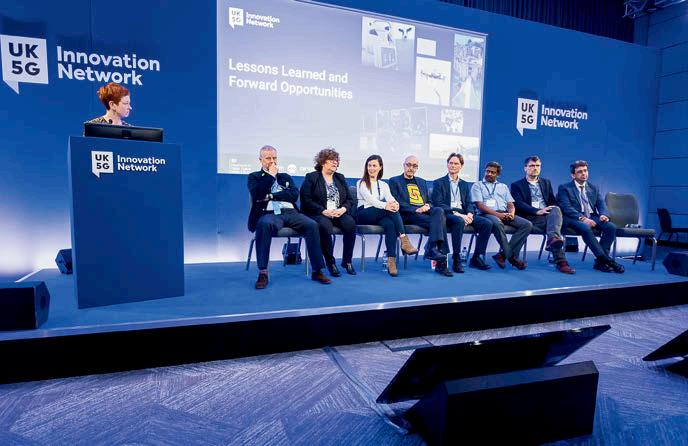
Metaverse Equipment

Augmented and Virtual Reality has been the next big thing for decades but 5G and other technology advances are making Virtual Reality, a reality. The latest headests have cracked the problems of viewing angle, screen resolution, weight and cost. VR guru Rory Brown from VRcompare guides us through to the available apparatus for diving in headset first to the metaverse.
UK5G INNOVATION BRIEFING IS PUBLISHED BY CW JP ON BEHALF OF UK5G, THE NATIONAL INNOVATION NETWORK FOR 5G . ALL RIGHTS RESERVED. ARTICLES MAY NOT BE REPRODUCED WITHOUT WRITTEN PERMISSION FROM CWJP. OPINIONS, COMMENTSAND VIEWS INCLUDED IN THE JOURNAL ARE NOT NECESSARILY THOSE OF UK5G
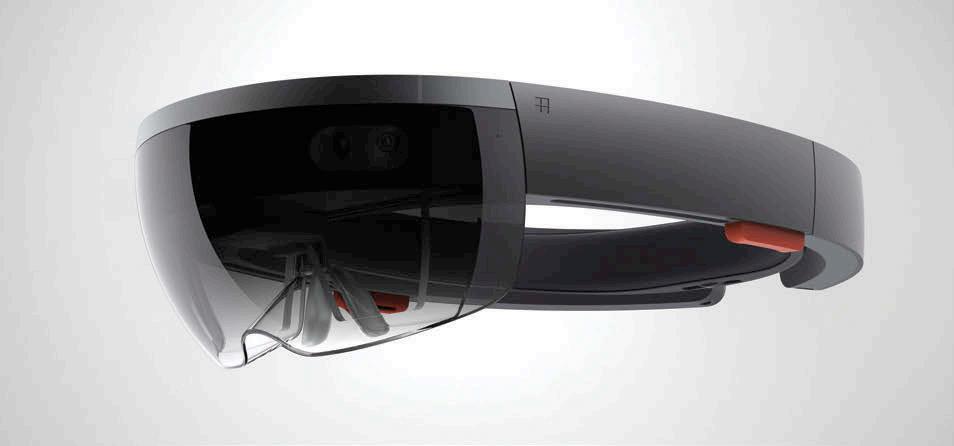
Open Ran Principles
How open is Open? DCMS has established some principles to ensure that operators and companies deploying Open RAN meet both the spirit and the technical requirements of the move to systems with components from multiple equipment vendors.


Intellectual
MARK TWAIN ONCE SAID THAT “history doesn’t repeat Itself, but It often rhymes”. When we discuss what we want from our broadband, WiFi, a 5G or 6G connection, perhaps we can hear some of that assonance.
Back in 1977, when I was in my early teens, I played computer games. Only geeks played games on computers then, and by the time I was 17 I had progressed to playing a text adventure game called Essex MUD, or Multi-User Dungeon. In this game, players typed sentences to open doors, cast spells and hit a troll with an axe. The first ever multi-player online game.
I used a dial-up modem that was limited to a connection speed of around 300 bits per second. Today, I have Virgin gigabit fibre to my home, which means I have a connection speed that is over three million times faster, but when playing games from Steam, there is often a considerable wait for game files to download.
Consumer demand for data has grown in parallel with increases in bandwidth, and the industry needs to ensure this trend will continue. As we continue to develop new 5G and 6G technologies, we should think beyond the use cases imagined to day – such as holographic football matches – and remember that applications and services that have not been invented will need that bandwidth, too. Whatever they are, we will expect and demand more bandwidth.
Fortunately, the technology that underpins so many modern applications is here: fibre. What we hang off the end of the fibre may change, of course, but fibre is the great enabler.
At BT Labs at Martlesham, in Suffolk, researchers have demonstrated a connection over a single fibre connection to the BT Tower of four terabits per second. Earlier this month, researchers at Japan’s national communications institute set a data transfer record of 1.02 petabits per second. This is the is equivalent to sending 127,500 GB every second, or more than “10 million channels of 8K broadcasting per second.” It’s compatible, the researchers say, with existing fibre optic cable infrastructure.

Fibre in the ground will ultimately connect whatever mobile technology we devise at the end. The fibre we are putting in today is pretty futureproof. What needs upgrading is the technology we connect to either end. Today this is 5G, where 100 MHz of radio spectrum will yield, in theory, a speed of two gigabits per second.
We think this is “plenty”, but it’s only good enough for today. We don’t know what we’ll connect in the future, but the article looking at AR and VR on page 36 of this issue gives some clues. In forty years, we may very well need mobile devices that are three million times faster than that. Which sounds absurd, but nobody in the age of text adventures could have envisaged tens of thousands of people all over the world simultaneously playing Call of Duty, or an online game market worth some $25 billion a

Simon Rockman Editor,









